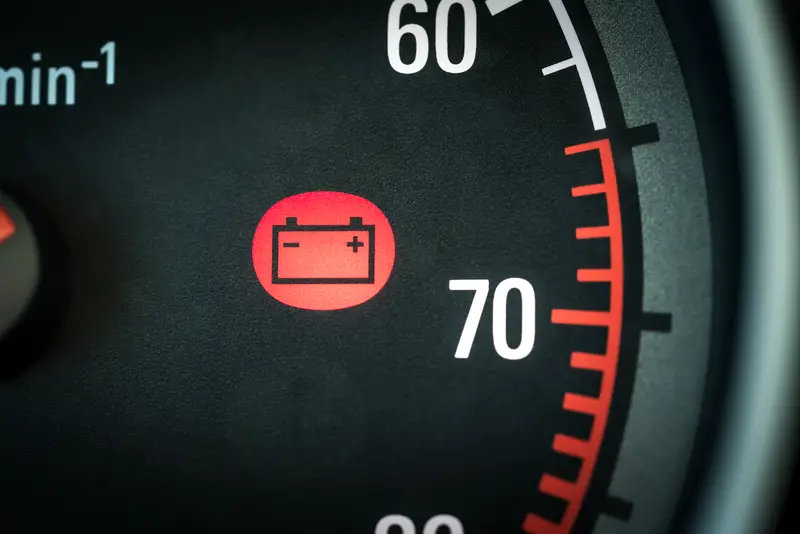Your car communicates through various signals when something’s wrong. Ignoring these warnings could transform a minor fix into a major repair bill. With repair costs rising 3.5% annually, catching problems early can protect both your wallet and safety. Here are the key signs you shouldn’t ignore when your car needs attention.
Dashboard warning lights need immediate attention

Modern vehicles use sophisticated sensors to detect issues before they become serious problems. The check engine light might indicate anything from a loose gas cap to significant engine trouble. Red warning lights demand immediate attention, while yellow or orange lights suggest scheduling service soon.
Key warning lights include the battery indicator (charging system issues), oil pressure light (potentially dangerous low oil pressure), and brake system warning (worn brake pads or low fluid). When the engine temperature light illuminates, safely pull over to prevent expensive engine damage.
Unusual noises signal mechanical problems
Strange sounds often precede mechanical failures. Squealing or grinding noises typically indicate brake wear, while clicking or tapping might suggest valve train problems. Addressing these sounds early prevents more extensive damage.
A rhythmic knocking under acceleration often indicates bearing wear, while whining during turns suggests power steering issues. Consider recording unusual sounds with your phone to help mechanics diagnose the problem more accurately.
Fluid leaks indicate system failures

Spotting fluids under your vehicle should never be ignored. Different colored fluids indicate specific problems: green or orange (coolant leak), brown or black (oil leak), red (transmission or power steering fluid), and clear with a light brown tint (brake fluid).
Even small leaks can rapidly worsen, potentially leading to system failure. Place cardboard under your parked car overnight to detect slow leaks that might otherwise go unnoticed.
Changes in handling require inspection
When your car’s handling changes, safety is at risk. Pulling to one side might indicate alignment issues or uneven tire wear. Vibrations through the steering wheel often signal tire imbalance or worn suspension components.
If the steering becomes notably harder or makes noise, the power steering system likely needs attention. Strange sensations while braking, such as pulsing or sponginess, indicate brake system problems requiring immediate inspection.
Exhaust smoke indicates engine trouble

Exhaust color changes often signal specific problems. Blue smoke typically means oil burning, white smoke (especially when thick) suggests coolant entering the combustion chambers, and black smoke indicates excessive fuel consumption.
Modern engines should run cleanly without visible exhaust under normal conditions. Any significant smoke warrants professional diagnostic attention to prevent potential engine failure.
Acting quickly when your car shows these warning signs often means the difference between a minor repair and a major overhaul. Regular maintenance checks can catch many issues before they manifest as obvious problems. Remember that modern vehicles are sophisticated machines – when they communicate something’s wrong, taking prompt action protects both your safety and investment.

